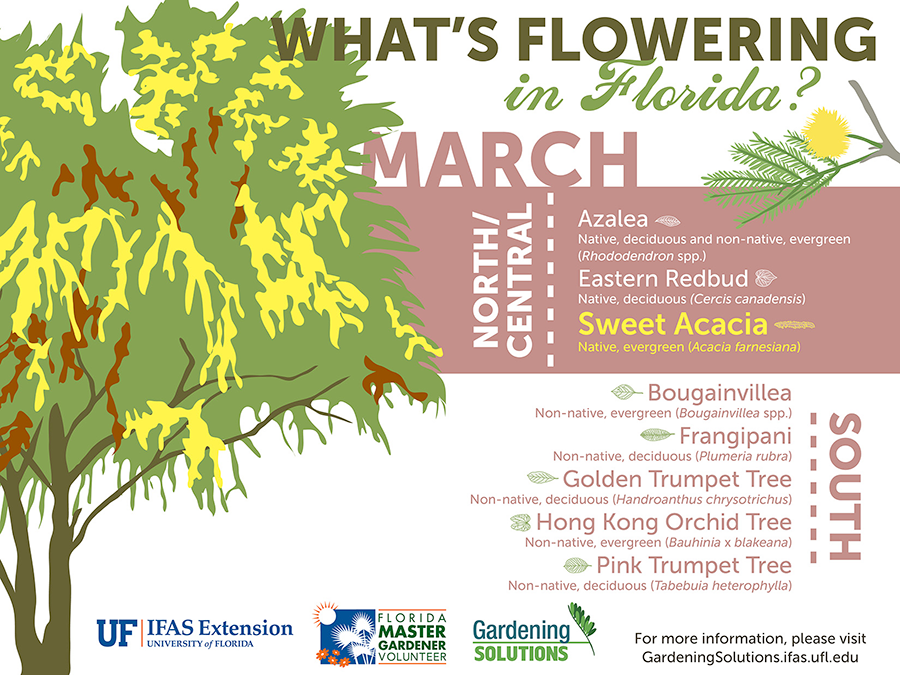The Future Of Trees: Just How To Identify When Removal Is Needed
The Future Of Trees: Just How To Identify When Removal Is Needed
Blog Article
Composed By-Bailey Levy
If you've ever before questioned the destiny of the trees on your building, comprehending when it's time for elimination is vital. But just how do you figure out if a tree can be saved or if elimination is the only alternative? By searching for details indications and assessing safety dangers, you can make educated choices that benefit both your landscape and your environments. Allow's check out the crucial factors that come into play when determining the fate of a tree and just how you can ensure the best outcome for your green buddies.
Indicators of Tree Decline
If you notice any one of the following indications of tree decline in your yard, it may be time to consider tree elimination.
One common indication is dead or rotting branches, which can show underlying concerns affecting the tree's wellness. Watch out for stained or wilted leaves that continue despite having appropriate care, as this could be an indication of condition or parasites.
One more warning signal is too much leaning or an obvious shift in the tree's base, which might recommend root issues or architectural instability. Keep an eye out for fungal growth on the trunk or roots, as this can suggest rot and endanger the tree's security.
Furthermore, if you observe huge cracks in the trunk or significant limbs, it's vital to address these problems quickly to prevent potential risks. Dealing with these signs of tree decline immediately can help keep the safety and looks of your backyard environment.
Security Issues
To make certain the well-being of your property and those around you, focusing on safety concerns associated with trees is vital. Trees can posture numerous safety and security threats if not effectively preserved. Dead or worn out branches might fall unexpectedly, jeopardizing individuals or damaging frameworks.
Leaning trees can additionally be unsafe, especially if they're leaning towards a building or high-voltage line. Additionally, trees with considerable root systems near foundations or below ground energies can trigger significant damage in time.
Trimming Fig Trees to frequently examine your trees for any type of indications of potential risk. Look out for splits in the trunk, large cavities, or indications of disease and degeneration. If you notice any of these problems, it's finest to talk to an expert arborist to assess the circumstance and determine the necessary course of action.
Taking proactive steps to address security concerns promptly can prevent mishaps and residential property damages in the future. Remember, the safety of your property and those around you need to constantly be the leading concern when it comes to tree upkeep.
Consulting an Arborist
When considering the health and safety of your trees, seeking advice from an arborist is an essential step. Arborists are educated experts that focus on the care and maintenance of trees. look at more info can assess the general health and wellness of your trees, identify any kind of concerns such as diseases or structural troubles, and supply skilled referrals on the most effective course of action.
By getting in touch with an arborist, you can receive beneficial understandings into the condition of your trees and establish whether removal is required. Arborists have the understanding and experience to review the risks associated with keeping a tree versus removing it. They can likewise supply support on alternative options, such as pruning, cabling, or bracing, to help preserve the tree whenever feasible.
Furthermore, arborists can assist you navigate any kind of regional policies or permits that may be required for tree removal. Their experience can make certain that the process is executed securely and in conformity with any kind of relevant regulations.
Verdict
Finally, when figuring out whether trees can be conserved or if removal is required, it is necessary to take into consideration signs of decline and safety and security issues. Consulting an arborist for a complete evaluation is crucial in making the best choice for the tree's wellness and prospective risks. Bear in mind, aggressive treatment and timely activity can help protect trees and protect against crashes.
